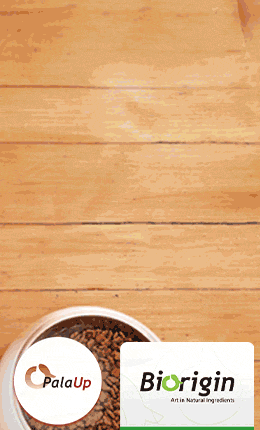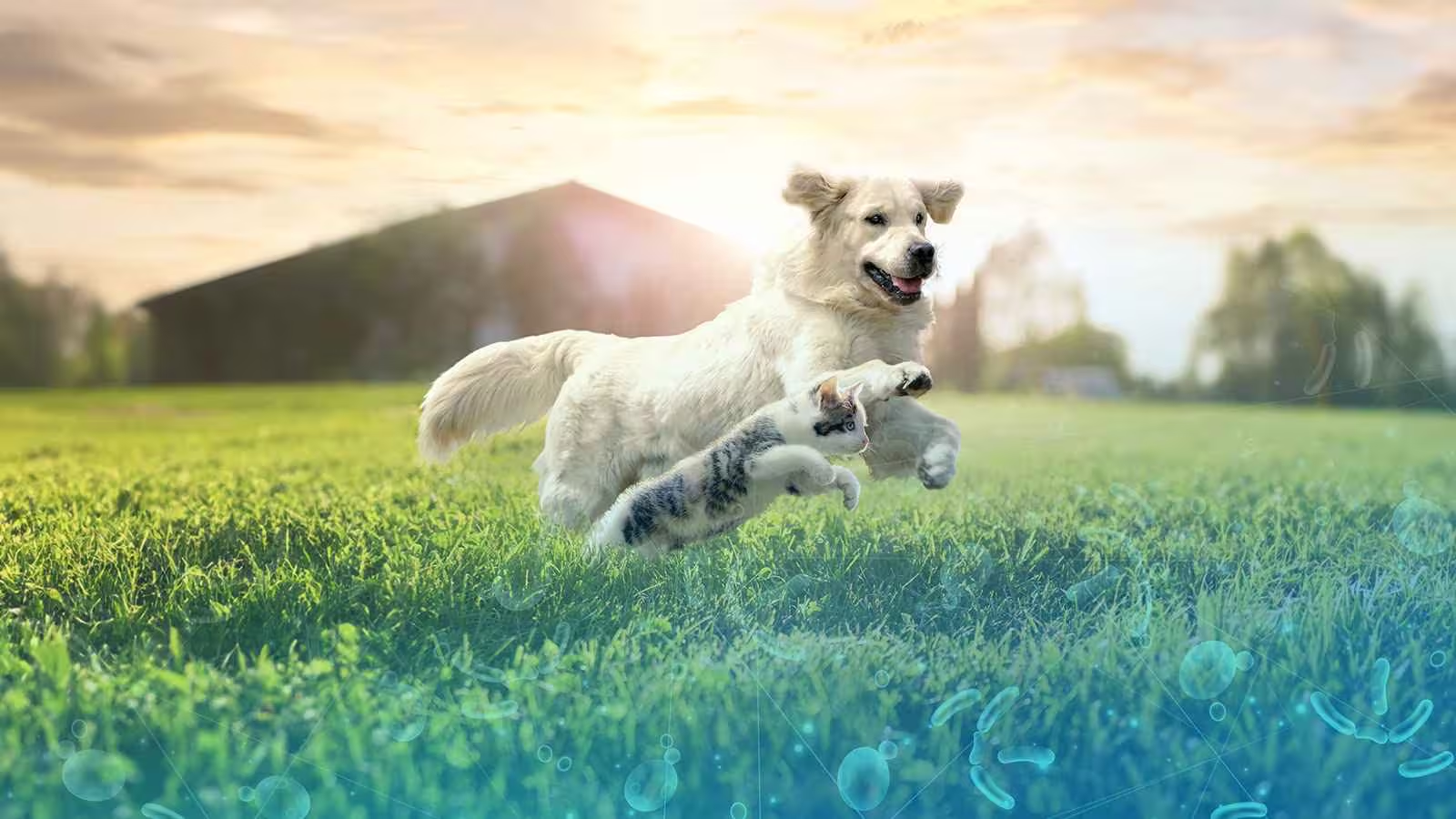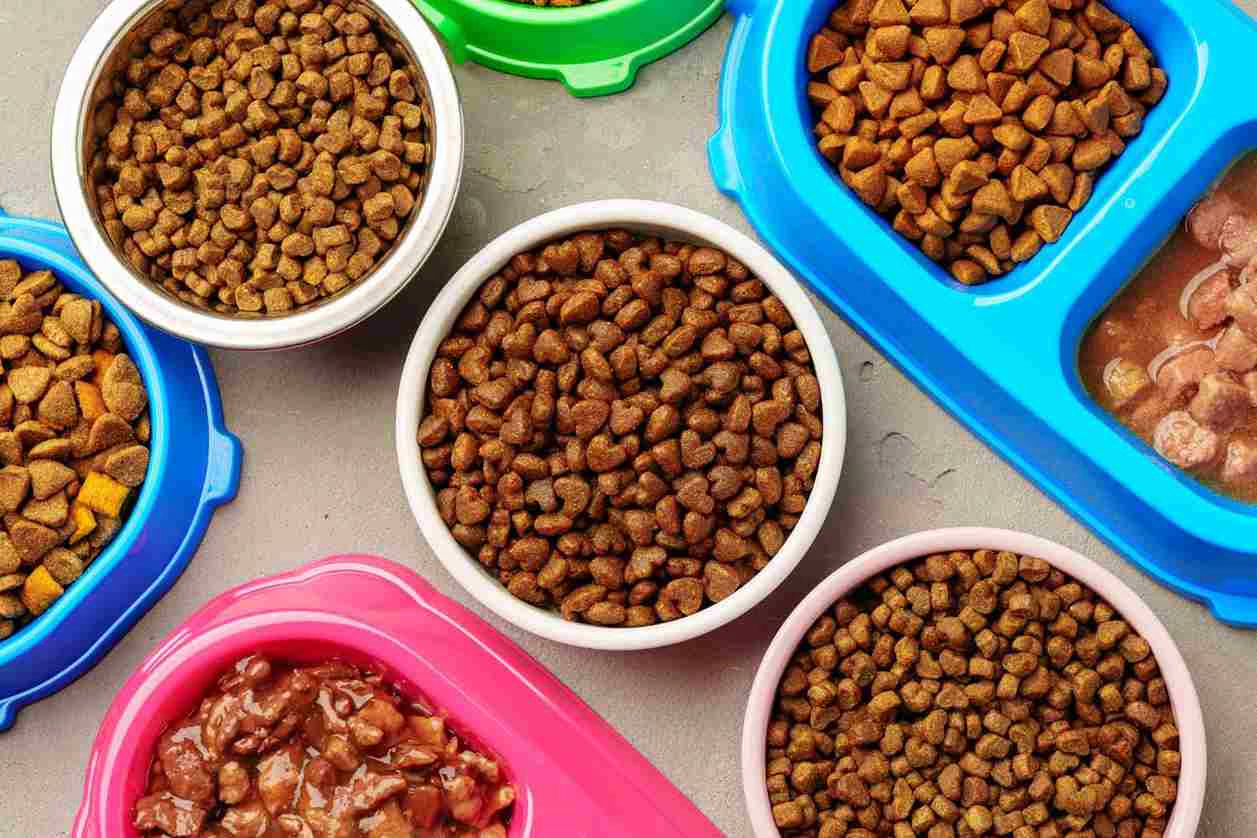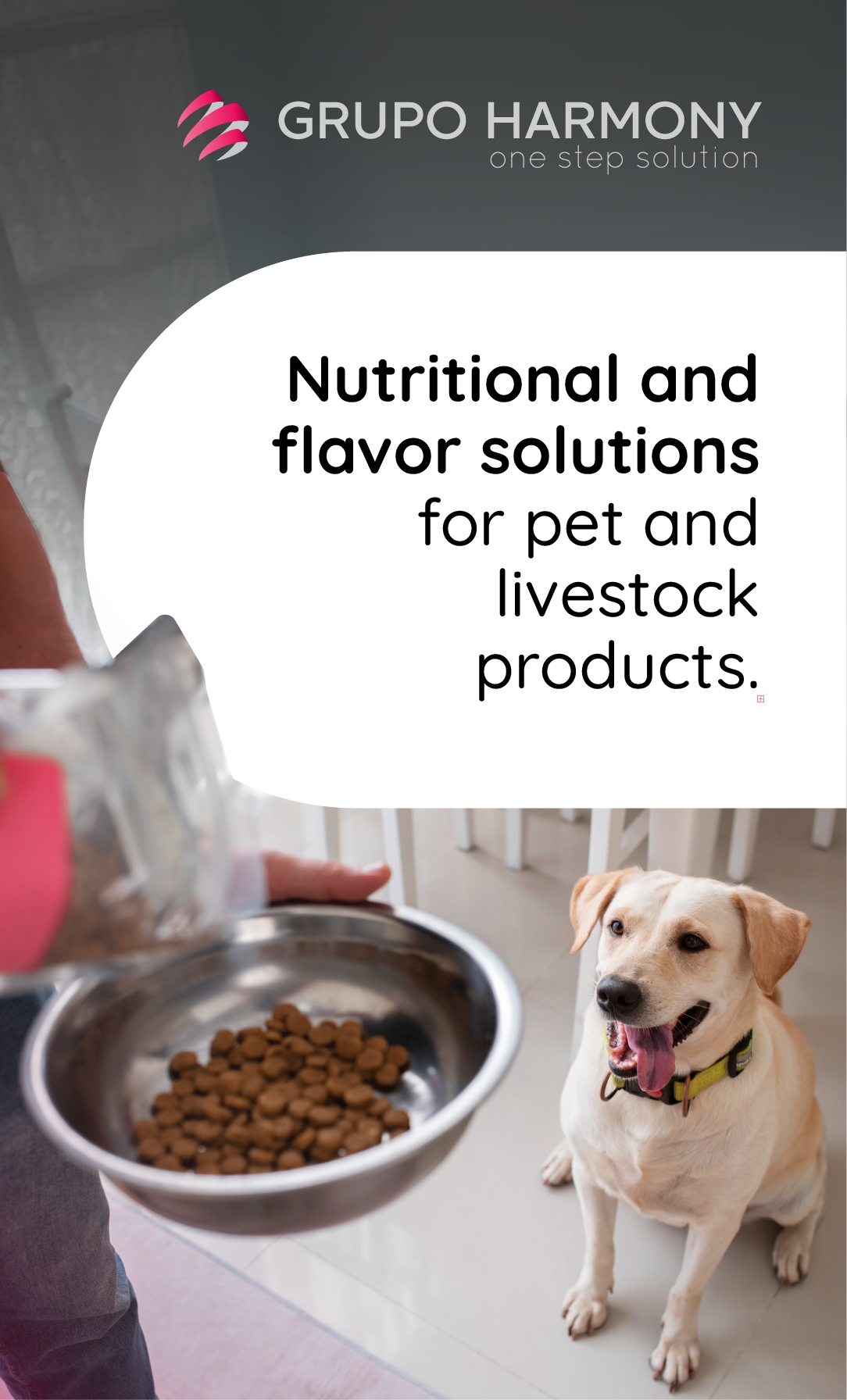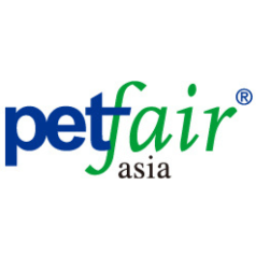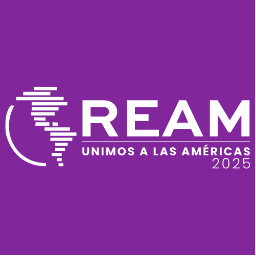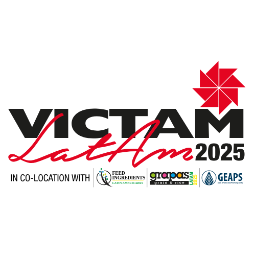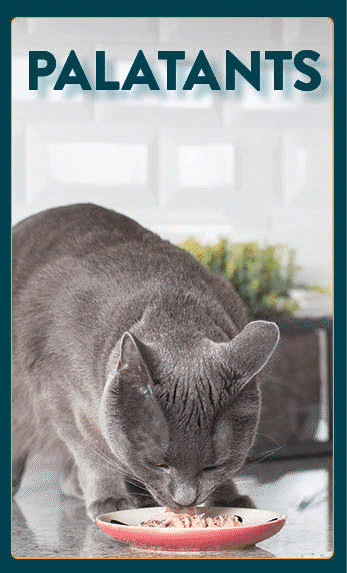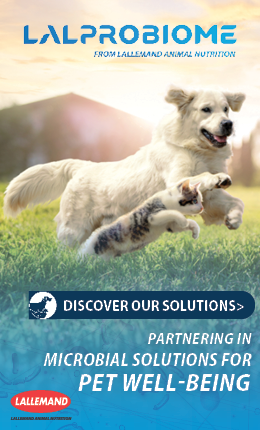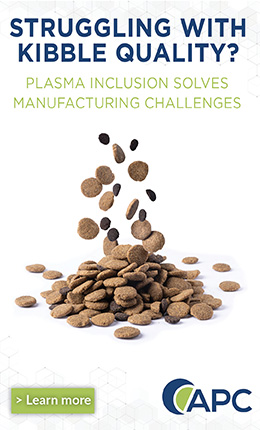Choline, also known as vitamin B4, is found in all ingredients used in the formulation of dog and cat foods, with greater availability in animal products, mainly in poultry by-product flour.
The classification of choline as a B-complex vitamin is controversial, as it does not behave as a coenzyme in metabolism and is required in higher amounts than other B-complex vitamins (Bertechini, 2013). Reis et al. (2012) highlight that, unlike other B-group vitamins, choline can be synthesized in animal livers because of serine amino acid in the presence of folic acid and vitamin B6. Due to its organic function, choline does not strictly fit the definition of a vitamin and could be considered an essential amino acid (Bertechini, 2013).
Nutritional recommendations of choline in dogs range from 1,640 to 1,890 g/1,000 g of dry matter. In cats, vary from 2,400 to 3,200 g/1,000 g of dry matter, depending on the animal life stage and energy maintenance needs according to FEDIAF (2021).
These recommendations are partially fulfilled with ingredients used in animal formulation. However, depending on the amount of animal ingredients, it can be necessary to supplement it with choline chloride. This compound salt is produced by chemical synthesis and is widely used in the pet food industry.
According to Leeson and Summers (2001), Combs Jr. (2008), and Ruts (2008), the powder form of choline chloride is extremely hygroscopic and can hasten the deterioration of other vitamins upon contact. On the other hand, the liquid form is highly corrosive and requires specialized equipment for handling and storage (Mcdowell, 2000). These characteristics make the handling of choline chloride in the feed mill or premix challenging, which can compromise the premixing with other microingredients and result in the loss of vitamins (Mallo and Paolella, 2017).
Naturally, choline is found in foods as phosphatidylcholine. This substance is made of esterified fatty acids and the choline itself. In agreement with Leeson & Summers (2001), Combs Jr. (2008), and Rutz (2008), less than 10% of choline in food is in free form or as sphingomyelin, which are analogs of phosphatidylcholine containing sphingosine instead of fatty acids.
In plants, it is found in phosphatidylcholine, free choline, and sphingomyelin forms. Nowadays, there are natural products that come from plants with a high content of choline in esterified form providing a high bioavailability, which can be an important alternative to the use of synthetic choline chloride.
One of these alternatives to the choline, called vegetable biocholine, is derived from vegetable extracts of the following plants: Trachyspermum ammi, Citrullus colocynthis, Achyranthes aspera, Azadirachta indica, Acacia nilotica, Silybum marianum, Andrographis paniculata, and Ocimum sanctum. It is worth mentioning that the composition of commercial vegetable biocholines available on the market may vary among suppliers.
The lower hygroscopicity of vegetable biocholine is positive as it reduces water-soluble vitamins in premixes compared to choline chloride. This is due to the reduced free water content in the mixture, resulting in a lower potential reactive. Moreover, excess water can cause operating problems in dog and cat feed mills.
Although there is limited research on pets, vegetable biocholine has been successfully used in broiled chicken and laying hens, demonstrating positive results in feed conversion, manufacturing, and egg weight (Chen, 2007; Calderano, 2015).
Three diets were evaluated in 40 Beagle dogs in a study conducted by Mallo and Paolella (2017): the first includes an herbal source of choline, the second with choline chloride, and the third as a negative control diet. Results demonstrated no significant differences in dog's preference for diets in quality and quantity of feces, or blood protein profile. However, compared to negative control diets, a reduction of triglyceride levels and HDL was observed in choline-supplemented diets.
Mendoza-Martinez et al. (2022) conducted a study with the following treatments: non-supplemented diets (377 mg choline/kg), choline chloride (3,850 mg/kg equal to 2,000 mg choline/kg diet), and vegetable biocholine (200, 400, and 800 mg/kg) for 60 days. Both sources of choline indicated similar responses, but vegetable biocholine demonstrated additional properties, such as prevention of cardiovascular and metabolic diseases, cancer prevention, and inflammatory and immune response. Moreover, it affects the behavior and cognitive processes of dogs.
Nascimiento et al. (2022) concluded that vegetable biocholine could replace choline chloride in canine nutrition, as it does not damage lipid metabolism and other functions of the organism. On the contrary, there was an improvement in other functions, especially due to the significant reduction of liver enzymes, total cholesterol, and triglyceride.
By Erika Stasieniuk and Ludmila Barbi
Source: All Pet Food Magazine
You could be interested: A to Z of Pet Food: Oils & Omegas
About author
Erika StasieniukAnimal Scientist graduated from UNESP —Botucatu, with a Master’s degree (2009) and Ph.D. (2013) in Animal Science, with an emphasis on Companion Animal Nutrition, from UFMG— Belo Horizonte. With over 15 years of experience in the pet food industry, she has worked in Research and Development, formulation of dry extruded foods, premixes, and supplements for dogs, cats, and fish, with experience in both national and multinational companies. Since 2019, she has been the founder of SFA Consultoria, providing technical and strategic support to national and international companies that produce food and ingredients for dogs and cats. She also trains professionals through online courses and mentorships, with more than 200 students in Brazil and abroad. She is currently also a postgraduate professor at Faculdade CTA, where she teaches the subject of Dry Extruded Food Formulation for Dogs and Cats. You can find her on Instagram: @erikastasieniuk
About author
Ludmila Barbi T. BomcompagniBrazilian living in Mexico City, veterinarian with a master's degree in Animal Nutrition. Having experience in pet food formulation and raw materials evaluation, she currently dedicates to the study and development of functional additives for pet food nutrition.
Publisher Contents
Other microingredients
20/05/2025














